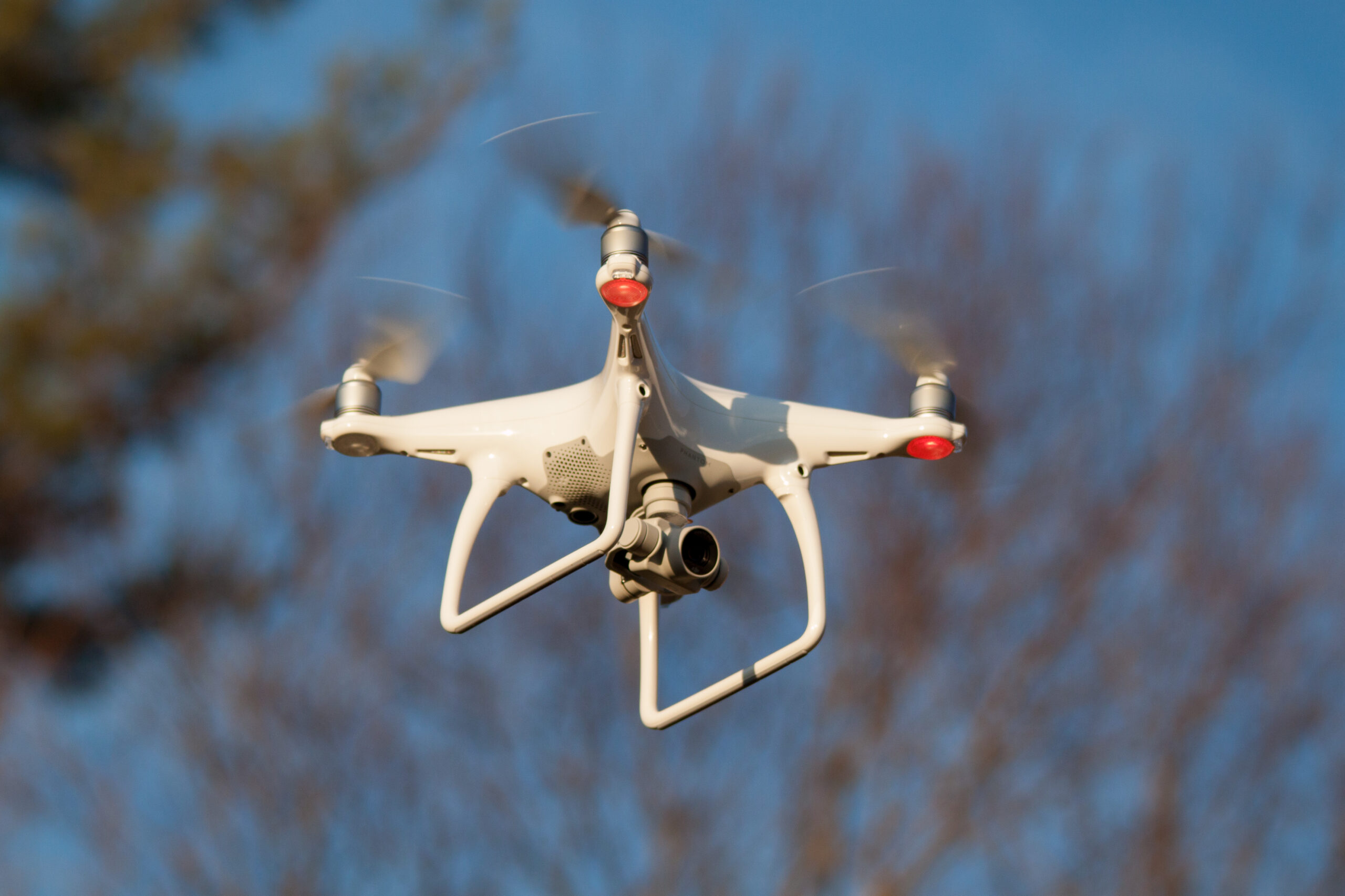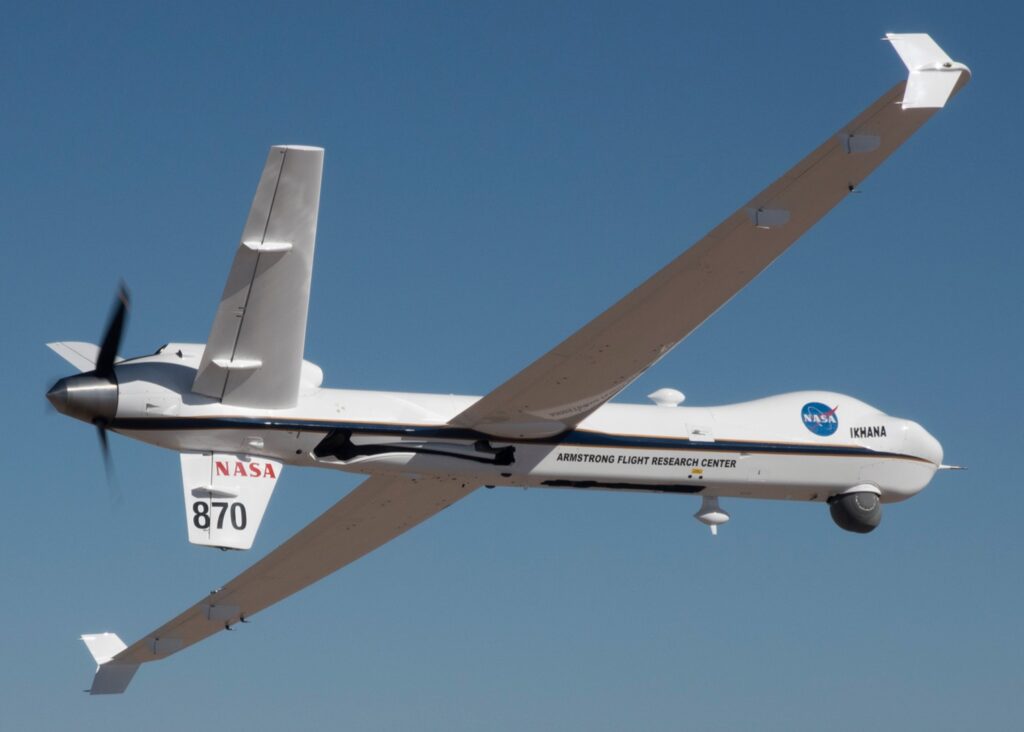
Researchers Explore Drone Swarms to Combat Wildfires
By: Jessica Lawrence
UK researchers are hopeful that drone swarms could soon work together to extinguish fires before they escalate into wildfires. A collaborative team of firefighters, scientists, and engineers is developing a project that would allow up to 30 autonomous drones to collectively detect and suppress fires using artificial intelligence.
Currently, drones piloted by humans are used in firefighting to identify hidden fires and assess safety risks. However, this new research, still in its testing phase, aims to be the first to combine unpiloted drone technology with swarm engineering specifically for firefighting.
The drones envisioned for this purpose are large, twin-engine aircraft with a wingspan of 9.5 meters (31 feet) and substantial water-carrying capacity. In a recent demonstration at an airfield in Cornwall, the BBC observed a trial where one of these large drones, along with two smaller ones, autonomously detected a fire lit in a bin and simulated an approach to extinguish it.
The researchers believe that the lifting power of these large drones will eventually enable them to carry water or fire retardant. While the drones currently operate without remote pilot intervention, the next challenge is to perfect “swarm engineering,” where multiple drones work in concert in real-world scenarios, says Prof. Sabine Hauert of the University of Bristol, a project partner.
“We take inspiration from nature—how birds, ants, and bees coordinate complex behaviors—to enable large numbers of robots to work together,” Hauert explained. AI-driven drones operating in swarms could monitor vast areas, equivalent to the size of California, detecting and responding to fires more quickly and efficiently.
The twin-engine drones, developed by UK company Windracers, are also being tested in Antarctica to support climate change research. While regulatory approval is required before the technology can be used in real-world scenarios, Windracers’ Nickolay Jelev noted that the primary goal of these drone swarms is to prevent small fires from becoming uncontrollable blazes. He added that they could also serve as a deterrent against arsonists.

Human activity, such as barbecues, improper disposal of smoking materials, or intentional fires, is the primary cause of wildfires in the UK, according to the National Fire Chief’s Council (NFCC). Climate change has increased the frequency of dry, warm weather, creating conditions where small fires can quickly escalate. Since 2021, over 1,500 wildfires have been reported in England and Wales, according to NFCC data.
Prof. Stefan Doerr, head of Swansea University’s Centre for Wildfire Research and independent of the project, believes that if drone swarms can perform this work more cheaply and safely, it would be a major achievement. However, he remains cautious about the technology’s current capabilities, particularly regarding the drones’ ability to carry sufficient water or fire retardant.
“While it’s an exciting development and will undoubtedly become part of the solution in the future, it’s just one piece of the puzzle,” Doerr said. He emphasized that the most effective strategy remains prevention—managing landscapes to prevent fires from becoming severe in the first place.


